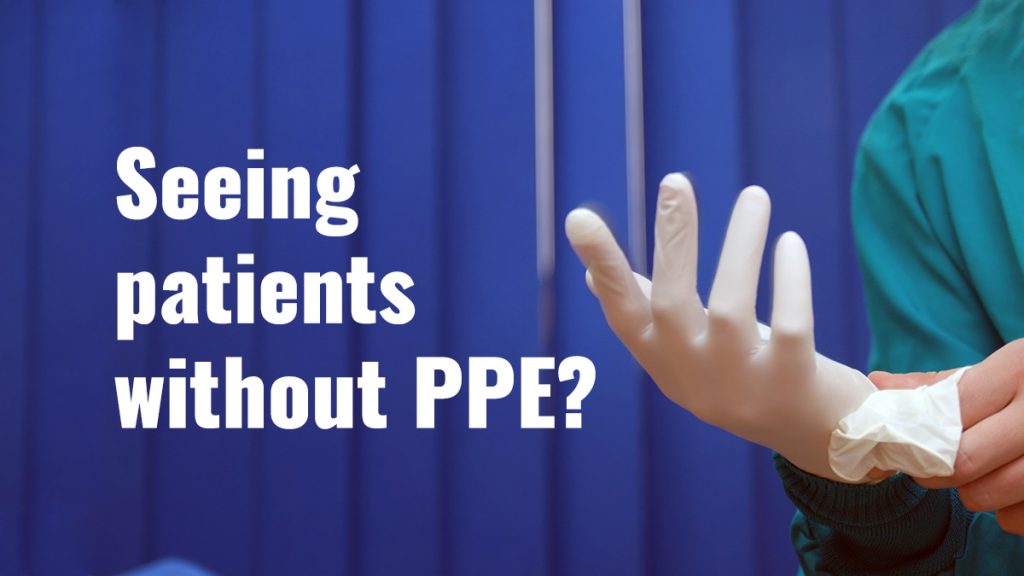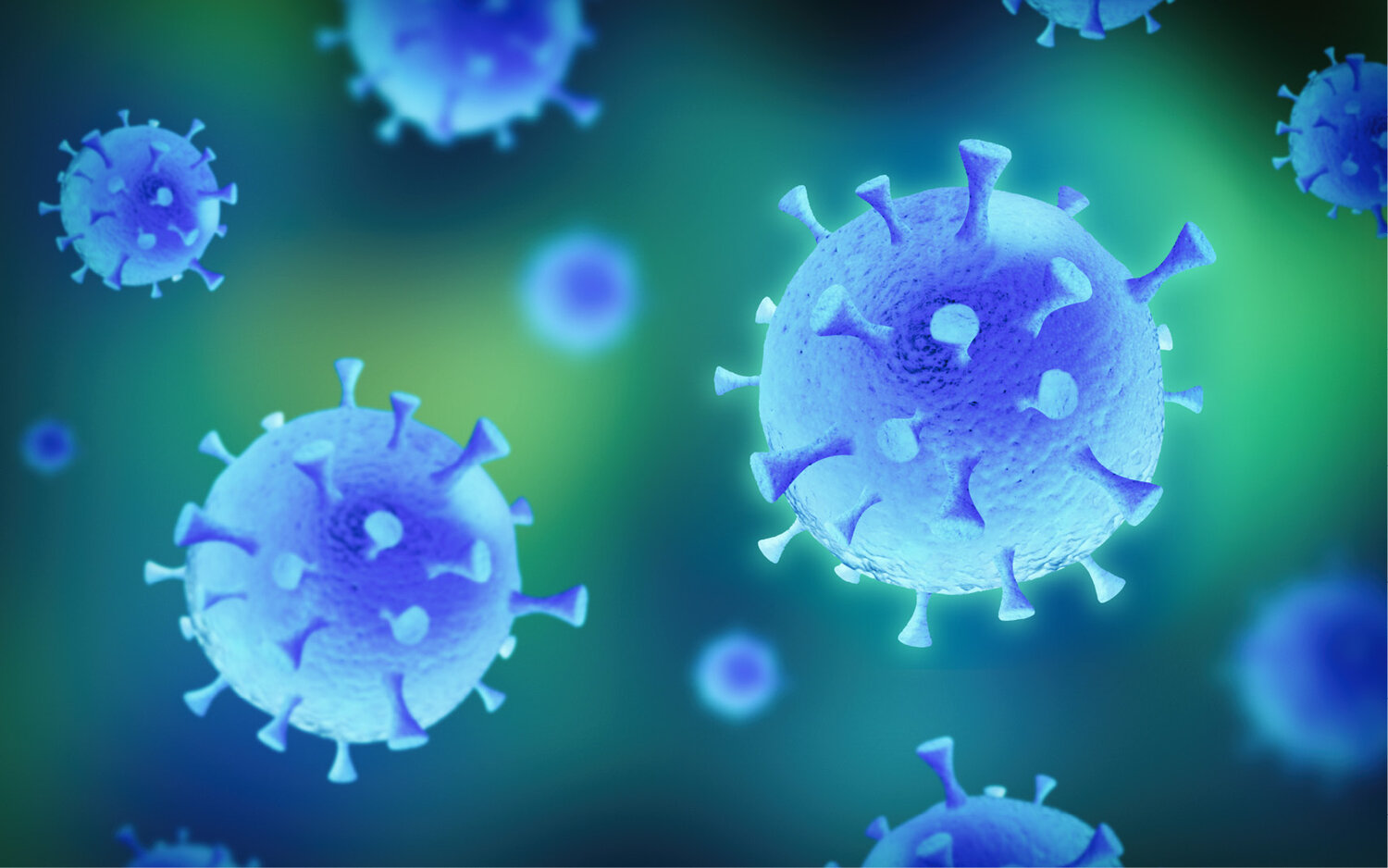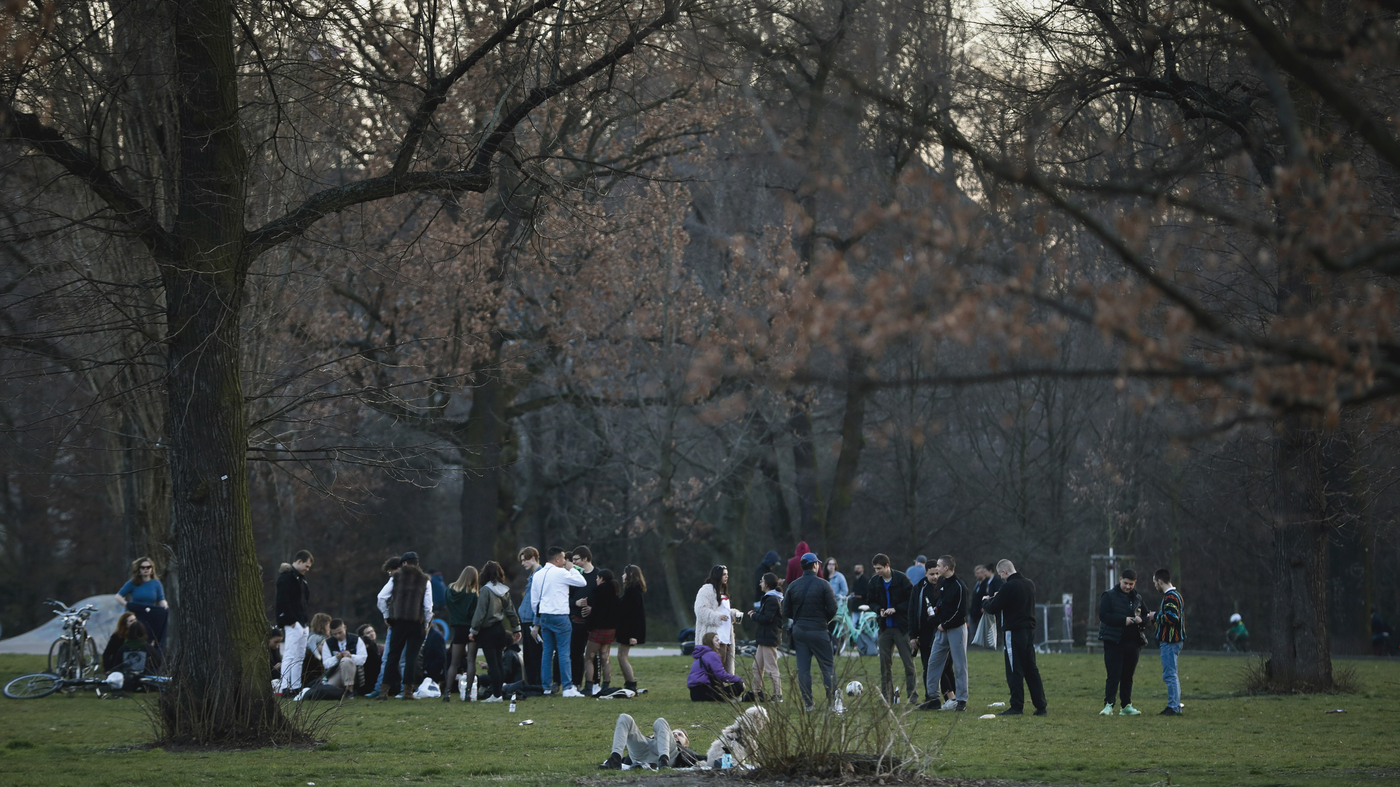D
deleted171991
Not really news, just confirmation: the Italians are already splitting their vents.
Not really news, just confirmation: the Italians are already splitting their vents.
Not really news, just confirmation: the Italians are already splitting their vents.
Nope, agree with you on this.Curiosity mostly.
Goes back to resource utilization. 100 palliative care deaths bothers me a lot less than 100 deaths where everything and the kitchen sink was thrown at it. Maybe I'm the only one that feels that way.
This is amazing!
Anybody seen a picture of these Tesla vents? curious to see how they produced so many in such a short period of time
This virus causes multiorgan pathology, because we have no immunity to it (and it causes a hell of a cytokine storm). Anything can go wrong, even late in the disease. It's the kind of adversary you need to beat more than once.One of my patients died in week 3. Was getting better but suddenly developed refractory hypoxia. He was on vent throughout and also on hydroxychloroquine. Another was also getting better on 1 L but suddenly day 8 we have gone from 1 to 15 L. I don’t understand this infection at all. Why does it rebound ?

Maybe it was flash pulmonary edema from acute CHF?One of my patients died in week 3. Was getting better but suddenly developed refractory hypoxia. He was on vent throughout and also on hydroxychloroquine. Another was also getting better on 1 L but suddenly day 8 we have gone from 1 to 15 L. I don’t understand this infection at all. Why does it rebound ?
There were at least two strains in China, with different levels of severity of disease. In the meanwhile, they have tracked even more than two, AFAIK.Do you guys have any idea why there is such a huge discrepancy in outcomes for infected patients? On the one hand, this disease is 10 to 50 times more lethal than the flu, and it's fairly common for people under 50 to end up intubated in the ICU, something that is almost unheard of with the regular flu. But then on the other hand, they say a huge fraction of patients have very mild symptoms or may be completely asymptomatic and never even know they had it!
This is truly bizarre, because if you get the flu, you get smashed and definitely feel it, so why would this much more virulent disease have a median presentation that is milder than the median influenza presentation?
There were at least two strains in China, with different levels of severity of disease. In the meanwhile, they have tracked even more than two, AFAIK.
Viruses mutate, Actually, one of the ways we could get out of this mess would be a lucky mutation which would make the infections milder.
Not everybody has the same level of symptoms with the flu either. For example, I can't remember the last time I had myalgias in my life.
That, too. Also the immune response differs from individual to individual, and, since the cytokine storm seems to be more dangerous than the virus itself, that's why we are seeing multiple people dead in the same family, I guess. I think genetics matter, like in malaria.My guess is that some people simply have more random circulating natural immunity and or some cross over from other corona viruses they have been exposed to with similar enough phenotypes that have antibodies with mild activity against the current virus.

There were at least two strains in China, with different levels of severity of disease. In the meanwhile, they have tracked even more than two, AFAIK.
Viruses mutate, Actually, one of the ways we could get out of this mess would be a lucky mutation which would make the infections milder.
Not everybody has the same level of symptoms with the flu either. For example, I can't remember the last time I had myalgias in my life.

Darn, the Spanish flu must have had no idea of this theory.It's arguable that different strains actually impact disease severity.
Darn, the Spanish flu must have had no idea of this theory.
Maybe. But acting more like ARDS. In the end he was propped on one side because he would desat with any turn.Maybe it was flash pulmonary edema from acute CHF?
Could the virus mutate into a more lethal strain over time ? Is the Italy and Spanish strain more lethal than the South Korean strain ?There were at least two strains in China, with different levels of severity of disease. In the meanwhile, they have tracked even more than two, AFAIK.
Viruses mutate, Actually, one of the ways we could get out of this mess would be a lucky mutation which would make the infections milder.
That's the debate, whether it has mutated or not, and whether that now affects clinical course.Could the virus mutate into a more lethal strain over time ? Is the Italy and Spanish strain more lethal than the South Korean strain ?


 first10em.com
first10em.com


 litfl.com
litfl.com

 www.stemlynsblog.org
www.stemlynsblog.org




 www.stemlynsblog.org
www.stemlynsblog.org

From the article:
Why Germany's Coronavirus Death Rate Is Far Lower Than In Other Countries
Italy's fatality rate hovers around 10%. France's is at around 5%. Yet Germany's fatality rate from COVID-19 is just 0.5%. As of March 25, there were 175 deaths and 34,055 cases.www.npr.org
This really doesn't tell me much other than they are testing early. So what are they doing with those patients who test positive afterwards? Quarantining them, hospitalizing them? I mean we can only guess, but there are no actual answers in the article.
Why Germany's Coronavirus Death Rate Is Far Lower Than In Other Countries
Italy's fatality rate hovers around 10%. France's is at around 5%. Yet Germany's fatality rate from COVID-19 is just 0.5%. As of March 25, there were 175 deaths and 34,055 cases.www.npr.org
How come the ones who test positive aren't getting that sick? Or am I missing something? So does that mean that if you catch the illness early enough in the course and isolate, the symptoms are much milder? Since there's no actual proven treatment, how are these 35K people fighting this illness and preventing it from getting severe?From the article:
"When Drosten's university medical center developed what became the test recommended by the World Health Organization, they rolled these tests out to their colleagues throughout Germany in January."And they of course rolled this out to labs they know in the periphery and to hospital labs in the area where they are situated," Drosten said. "This created a situation where, let's say, by the beginning or middle of February, testing was already in place, broadly."Drosten said that has meant quicker, earlier and more widespread testing for COVID-19 in Germany than in other countries."
And that's it. Test, isolate the positives until they're well, everyone else stays healthy. Individual labs aren't overrun, timely results, the system is able to handle the load.
Fair question.How come the ones who test positive aren't getting that sick? Or am I missing something? So does that mean that if you catch the illness early enough in the course and isolate, the symptoms are much milder? Since there's no actual proven treatment, how are these 35K people fighting this illness and preventing it from getting severe?
I would definitely try proning cooperative and non-altered patients on NIV, before intubating them. You remember correctly; some doctors have been doing this, but don't ask me where.@FFP thanks for sharing all this info.
I can't remember if I read it in something that you've shared, but have you seen anything about proning patients early in the course of disease and not waiting until on ventilator? I thought I read something about that, and wanted to share it with someone.
I asked an awake person to prone themself. Their sats went up within the next hour. Unfortunately they did not like being prone so went back supine and continued texting on their phone. Due to precautions I’m not going back in the room to keep reminding them. They’re still on high flow but not intubated at least!I would definitely try proning cooperative and non-altered patients on NIV, before intubating them. You remember correctly; some doctors have been doing this, but don't ask me where.

I think this is our best chance for severe cases. I'm surprised we haven't been talking more about this.
Treatment of Critically Ill Patients With COVID-19 With Convalescent Plasma
This case series describes clinical outcomes in 5 Chinese patients with laboratory-confirmed COVID-19, ARDS, and high viral loads despite antiviral treatment who were given human plasma with SARS-CoV-2 antibodies obtained from previously infected and recovered patients.jamanetwork.com
I think this is our best chance for severe cases. I'm surprised we haven't been talking more about this.
This is five patients... I didn’t read the whole article but just the summary didn’t sounds right to meI think this is our best chance for severe cases. I'm surprised we haven't been talking more about this.

